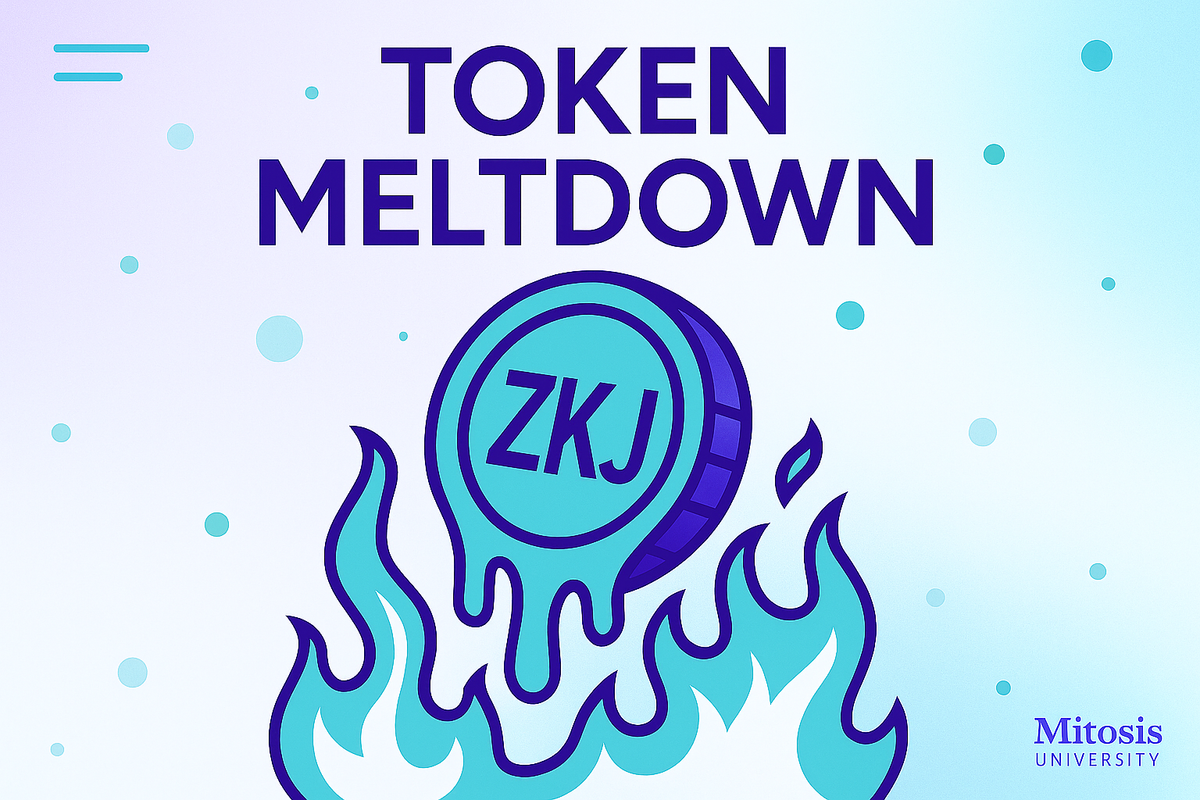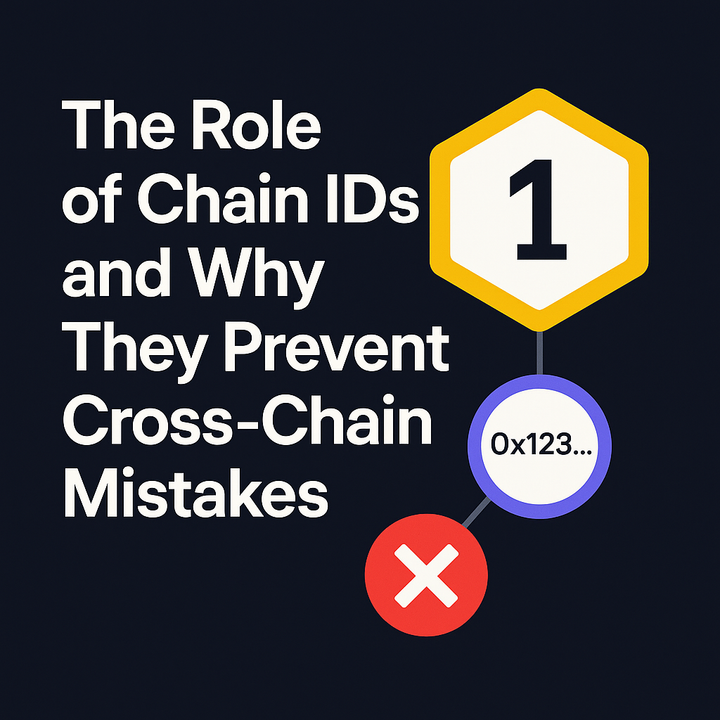Inside the ZKJ Token Meltdown: What Really Happened and What Comes Next

On June 15, 2025, the crypto world watched in disbelief as the ZKJ token—flagship asset of the Polyhedra Network—collapsed over 83% in mere hours. This wasn’t just another dip; it was one of the most severe single-day crashes in recent DeFi history, vaporizing nearly $500 million in market cap. For investors and analysts alike, the question wasn’t just what happened—but how could this happen so quickly, and could it happen again?
This article explores the core events behind ZKJ’s crash, the systemic weaknesses it revealed, and the steps being taken to stabilize the project. Whether you're an investor, developer, or simply crypto-curious, there are key lessons here for everyone navigating the high-stakes world of decentralized finance.
1. Anatomy of a Flash Crash: Inside the Collapse
Coordinated Liquidity Attack
The primary trigger was a sophisticated liquidity attack on the ZKJ/KOGE trading pair on PancakeSwap. Multiple wallets synchronized the withdrawal of liquidity provider (LP) tokens, with a single address unloading over $4.3 million in liquidity. This sudden liquidity vacuum enabled rapid sell-offs, triggering steep price slippage and panic.
Wintermute’s Role
Market maker Wintermute unintentionally intensified the sell-off. Holding over 3.4 million ZKJ tokens before the crash, the firm deposited 3.39 million to centralized exchanges in the span of hours. Although co-founder Evgeny Gaevoy later clarified these were spot sells hedged by long futures positions, the move flooded markets with sell pressure.
Forced Liquidations and Token Unlocking
As prices plunged, nearly $94 million in leveraged long positions were forcibly liquidated on platforms like Bybit. To make matters worse, a scheduled unlock released 15.53 million new ZKJ tokens into circulation—fueling the fire in an already fragile market.
2. Fallout and Response: From Panic to Stabilization
Immediate Damage and Binance Fallout
By June 19, ZKJ had bounced modestly to $0.33—still down over 80% from its $2 pre-crash range and more than 96% from its all-time high of $9.56. The token’s plunge also exposed loopholes in Binance’s Alpha Points program, which incentivized trading of select pairs like ZKJ/KOGE. Analysts suspect that some traders exploited the system through wash trading before dumping tokens en masse.
Binance responded swiftly, revising Alpha Points calculations to exclude volume from token pair trades, effective June 17.
Polyhedra’s Recovery Plan
In the wake of the crash, Polyhedra co-founder Tiancheng Xie announced an aggressive buyback initiative to restore confidence and reduce circulating supply. Backed by a $30 million liquidity injection in USDT, USDC, and BNB, the team emphasized its commitment to long-term project health. Crucially, no core team wallets were found to have sold ZKJ during the meltdown—an encouraging signal to spooked investors.
3. The Bigger Picture: Lessons, Risks, and Recovery
Technical Breakdown and Price Outlook
The $1.10 support level, long a stable anchor for ZKJ, was decisively broken. Indicators like RSI and MACD hit all-time lows, reflecting deep market pessimism. Analysts now see $0.28 as a critical support threshold. A break below it could invite another leg down, while resistance at $1.10 will be difficult to reclaim without structural improvements.
Still, forecasts for 2025 remain cautiously optimistic, with some price models projecting a return to $2.09–$3.80, assuming successful buybacks, restored trust, and stronger market conditions.
Wider Implications for DeFi
Beyond just ZKJ, this crash highlights systemic vulnerabilities in DeFi: thin liquidity, poorly timed tokenomics, and incentive systems that reward volume over stability. The event has sparked broader conversations about the need for smarter token unlock schedules, anti-wash-trading mechanisms, and more responsible exchange programs.
Polyhedra’s zkBridge protocol—which facilitates zero-knowledge-based cross-chain interoperability—remains technically sound, with over 44 million wallet addresses active. This gives the project a strong foundation to rebuild investor trust, even if its token took a reputational hit.
Conclusion: What Can We Learn from the ZKJ Collapse?
The ZKJ token crash was a perfect storm of poor timing, structural weaknesses, and market exploitation. But it also showcased how a project can begin recovery through transparency, liquidity support, and proactive communication.
Key Takeaways:
- Risk management is everything—especially in low-liquidity assets.
- Exchange incentive models need reform to avoid enabling harmful trading behaviors.
- Transparent project leadership matters when crisis strikes.
Will ZKJ recover its former glory? That remains to be seen. But for the crypto industry as a whole, this crash is a wake-up call—a case study in what can go wrong, and what can be done to fix it.



Comments ()